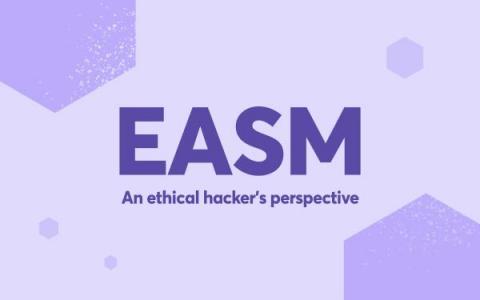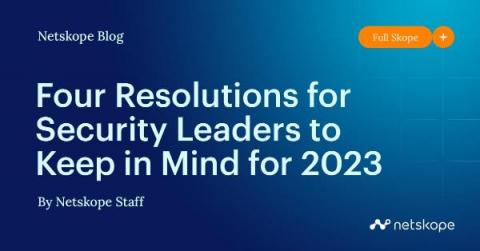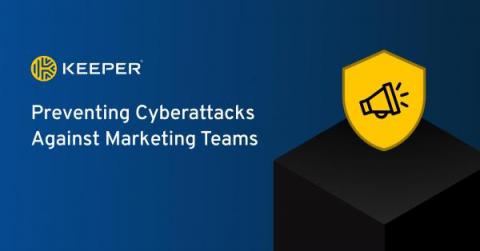The CPRA Clearly Explained (Includes a Compliance Guide)
The California Privacy Rights Act (CPRA) is a privacy law that was passed in California in 2020. It strengthens the security standards of the California Consumer Privacy Act (CCPA), making California's consumer privacy laws more aligned with the General Data Protection Regulation (GDPR). The CCPA gives California residents the right to know what personal data is being collected by companies and whether it will be sold or disclosed to other parties.











